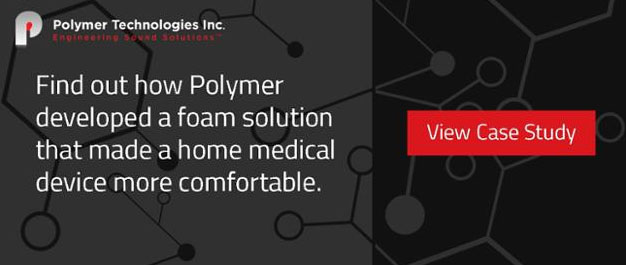A lot of effort goes into creating any kind of medical device, and the approval process is often long. Naturally, a significant part of a manufacturer’s focus is on making sure the device works and complies with safety standards. However, comfort should also be at the top of your list of concerns when designing devices that enable patients to monitor and maintain their health. If a product is made for home use, part of its effectiveness is ensuring that patients will actually use it, and if they find it cumbersome and inconvenient, they may not.
Whose job is it to make home medical equipment successful?
Recent advancements in portable technology have made it possible for patients to monitor their health comfortably from their own homes. However, this requires the patient to actually keep up with their doctors’ recommendations. In an ideal world, patients would comply exactly as suggested, but a lot of medical device manufacturers still haven’t mastered the usability that would enable this. Not following doctors’ orders can be a serious health risk, and only part of the onus is actually on the patient. Providing clear instructions for use and reasonable expectations may fall on the physician, but the rest of the responsibility is on the manufacturer.
Thinking of the end user
When manufacturing any kind of technology or equipment, the end user—the one who will actually be using your product directly in day to day life—should always be your main concern, and this is even more true for medical devices. Understanding the end user is difficult for manufacturers as it is physicians who interact with them directly, but regardless, manufacturers must take every possible step to make medical devices as easy and comfortable to use as possible to increase the chances that the patient will use them. Comfort, therefore, becomes a health concern.
In more severe cases, the patient may have to enter an inpatient care facility if they are unable to use equipment, but in most cases, inpatient care isn’t necessary or desired, and there will be nothing to force the patient to use the device until they encounter a more serious medical problem.
Physical comfort is key
Some devices are discrete and small and interfere with patients’ lives minimally, but this is not possible with every type of equipment—others simply cannot be ignored. In these cases, physical comfort is perhaps even more crucial than ease of use.
For instance, CPAP and BiPAP machines help patients with sleep apnea to breathe at night and sleep more restfully. In order for these devices to work, patients must turn on the machines and place the mask on their faces before bed. Many avoid using the device because they do not find it comfortable and natural to sleep with the mask on, but as a result, they are exhausted during the day and put themselves at risk for serious health concerns such as high blood pressure and heart disease. Therefore, foam inserts in the mask can help make it a lot more comfortable to wear. Designing an uncomfortable mask guarantees that some sleep apnea patients won’t bother to wear it.
As technology advances and more patients are able to use medical devices from their own homes, the need for comfort will only increase. Despite the distance between the manufacturer and the end user, the end user should always be considered even in the beginning stages of the design process.
Polymer Technologies creates insulation materials for medical devices that help control noise and vibration. These materials include acoustical absorbers, custom molded foam, and more.


